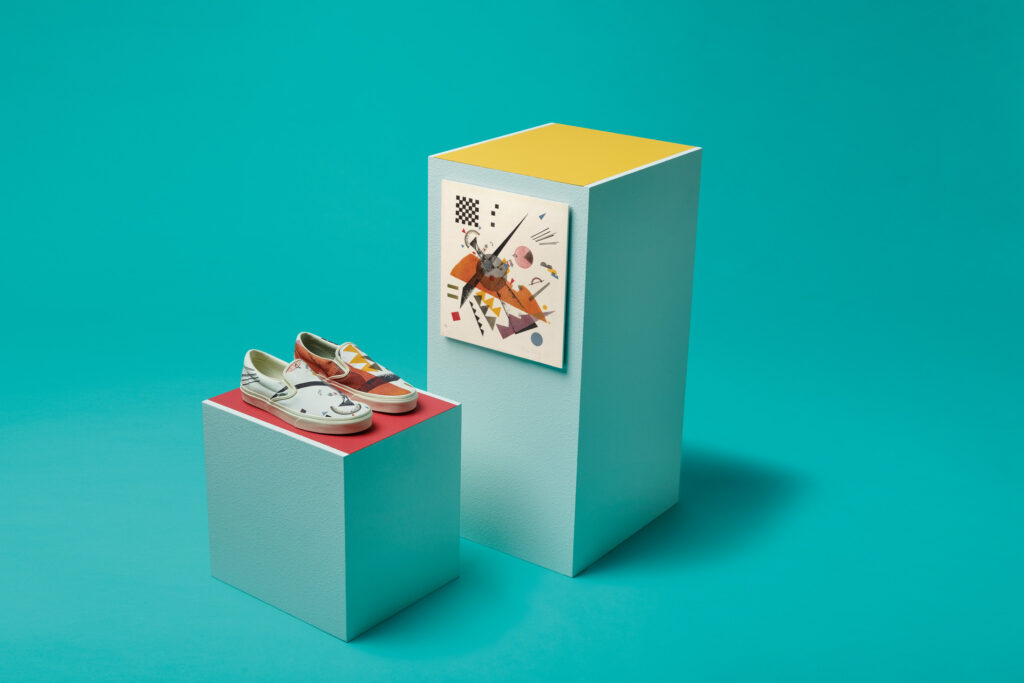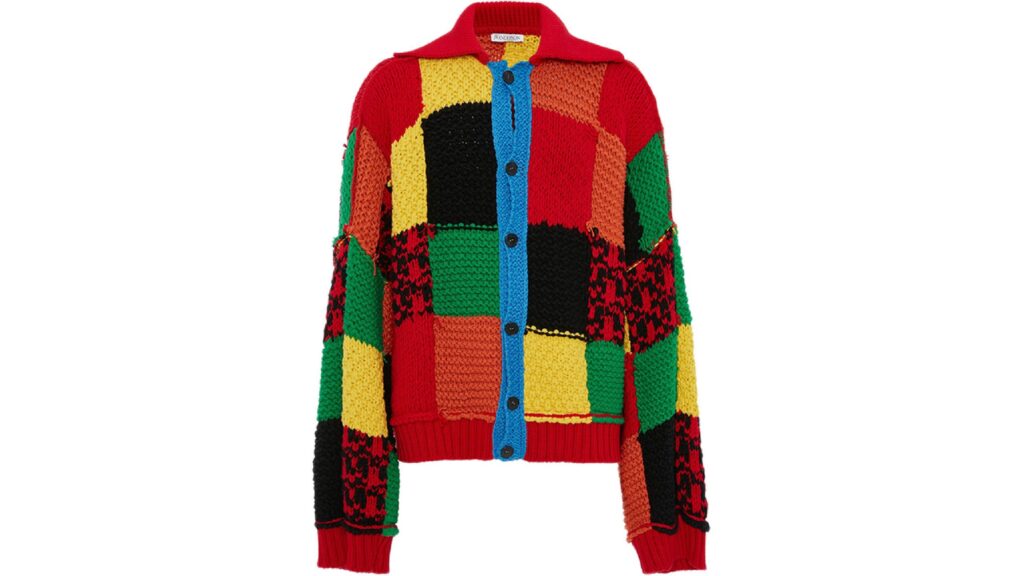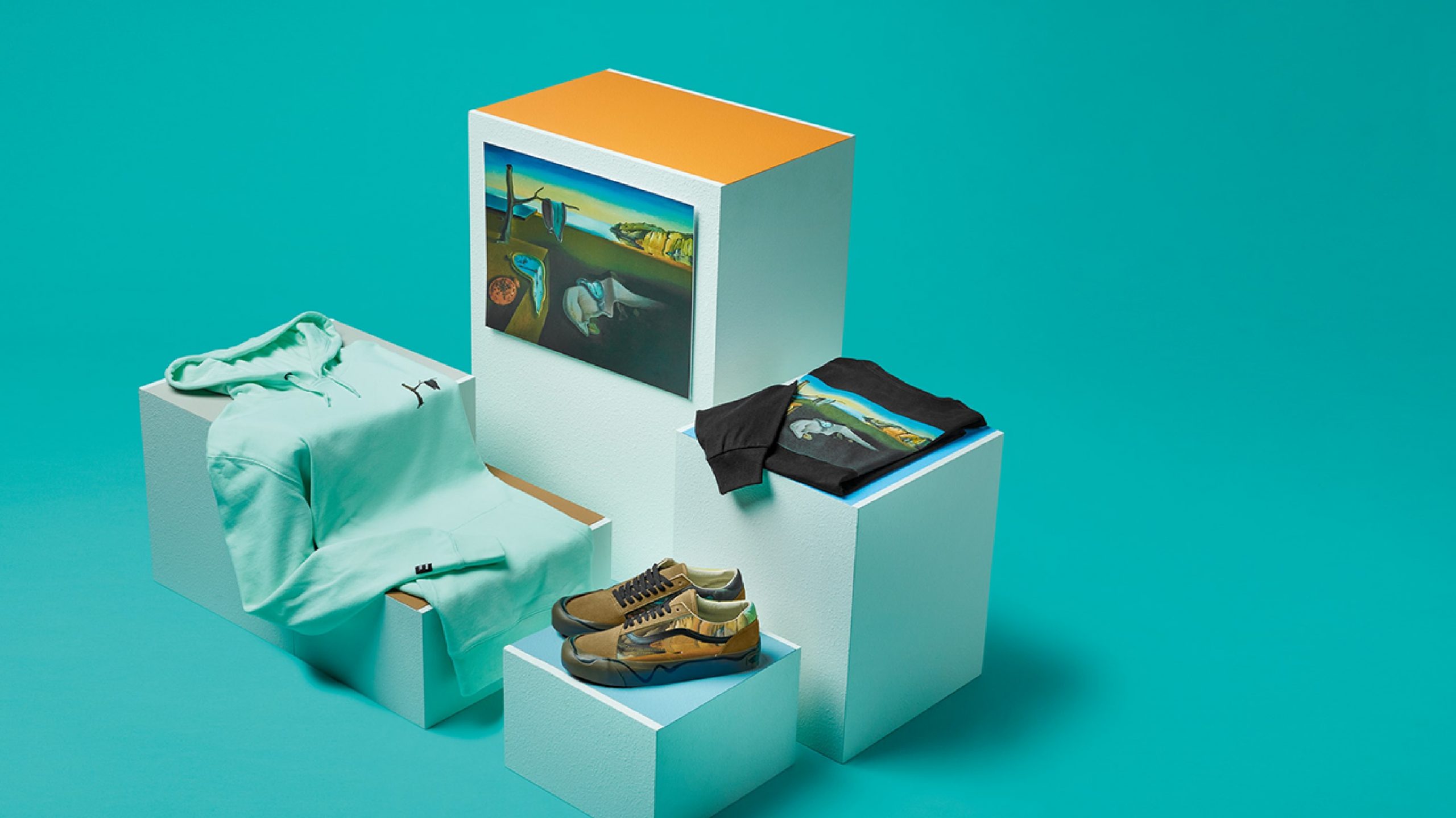Fashion has long derived its social prestige from fine craft and rich heritage. But with the disruptions brought about by the social media landscape and the growing dominance of street culture, fashion brands have increasingly turned to creative collaborations — whether with artists or museums — to capture and retain the attention of young consumers. “The distinctions between high and low, traditional and modern art, art in the museums and art on Instagram have been wiped out,” says Ana Andjelic, author of The Business of Aspiration. “We are in one big cultural mix, where everything goes.”
2020 saw a clutch of fashion brands partnering with cultural institutions to craft conceptual collections that married art and style, while amassing some much-desired hype. Here are just four key examples:
1. Daily Paper x Van Gogh Museum
In a partnership emphasizing the Dutch identity of two Amsterdam-based brands, the Van Gogh Museum teamed up with Dutch fashion label Daily Paper for a second time to release a 21-piece capsule collection for Fall/Winter. These seasonal pieces, including puffer jackets, jeans, and T-shirts, were vibrantly printed with the painter’s best-known works from Sunflowers to The Potato Eaters. An accompanying campaign — featuring young creatives such as Marlou Fernanda and Bodil Ouedraogo modeling the collection — was lensed by emerging Dutch photographer Nick van Tiem.
2. Vans x MoMA

Image: Modern Notoriety
In Vans’ collaboration with New York’s Museum of Modern Art in September and November, the streetwear label’s apparel and footwear came refreshed with artworks from the cultural institution’s expansive collection. Seven major artists were featured, including the iconic likes of Salvador Dalí, Jackson Pollock, and Claude Monet. The partnership, according to Robin Sayetta, Associate Director of Licensing and Partnerships at MoMA, exemplified the museum and brand’s shared values, specifically a “rich legacy of supporting artistic expression” that’s bound to engage a broader base of young art-lovers.
3. Harry Styles’ JW Anderson cardigan x Victoria & Albert Museum

Image: V&A blog
Just one of the many viral trends of lockdown 2020, TikTok-ers took to their knitting needles to recreate the JW Anderson patchwork cardigan worn by Harry Styles on NBC’s Today show. To date, #harrystylescardigan has garnered 47.7 million views on the platform. In October, London’s V&A reacted to the hype with an announcement that it will be adding Styles’ original cardigan to its permanent fashion collection in a testament to the power of digital trends.
4. Team Wang x Monet Concept Space
In September, K-Pop star Jackson’s Wang eponymous Team Wang label partnered with Shanghai’s Bund One Art Museum for its “Impression, Sunrise” showing of Impressionist works. Designed by Wang, a “Team Wang X Monet” concept space occupied a section of exhibition, immersing visitors in the French painter’s creations and retailing a host of “Sunrise”-inspired merchandise. With it, Team Wang became the first brand to collaborate with Monet’s estate. The artist, Wang said, “inspired me even more to ‘know yourself and make your own history,’ which is the core DNA message from Team Wang.”
Looking ahead
There is multifaceted appeal when it comes to museum and fashion crossovers. “Having an association to art can only boost the illusion of scarcity, which triggers interest,” explains Erwan Rambourg, author of Future Luxe. This perceived exclusivity generates hype — the phenomenon that fuels conversation, draws attention, and eventually, drives revenue for both the fashion market and art world. And as consumers grow more sophisticated, with a desire to appear educated, well-informed, and in-the-know, they’ll be turning more and more to such hotly hyped items and collaborations for cultural and social currency.
Both fashion brands and cultural institutions will no doubt be keeping up. Says Rambourg, “As the world reopens, interest in art and culture is likely to increase, and brands are likely to multiply collaborations, retrospectives, anything that would anchor them in the cultural zeitgeist.”



